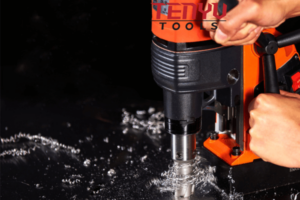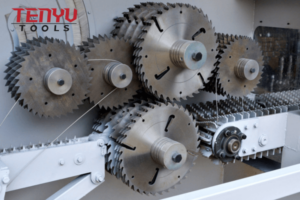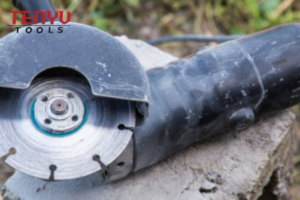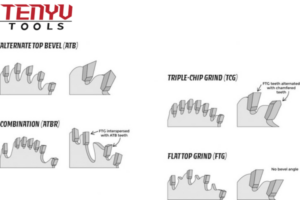Are Circular Saw Blades Universal?
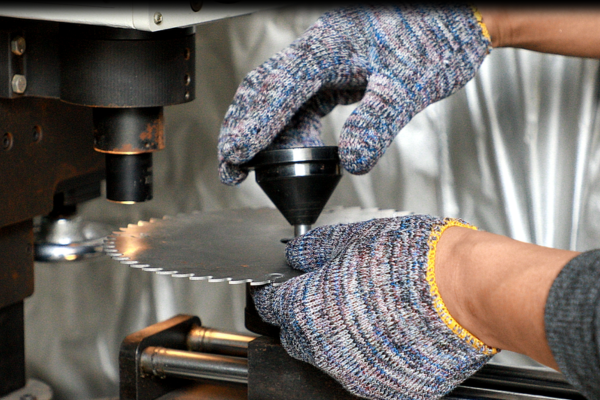
When you need to replace or upgrade your circular saw blade, it can be overwhelming to figure out what will fit. Will any blade do, or are there specific types you need to look for? In this article, we’ll dive into everything you need to know to make the right decision when it comes to circular saw blades.
Circular saw blades are not universal. The size, type, and number of teeth can vary significantly based on your saw model and the material you’re cutting. This means you’ll need to choose the right blade for your project.
Understanding how to choose the right saw blade is crucial for both safety and achieving clean cuts. Let’s dive deeper into this topic.
Are Circular Saw Blades Universal?
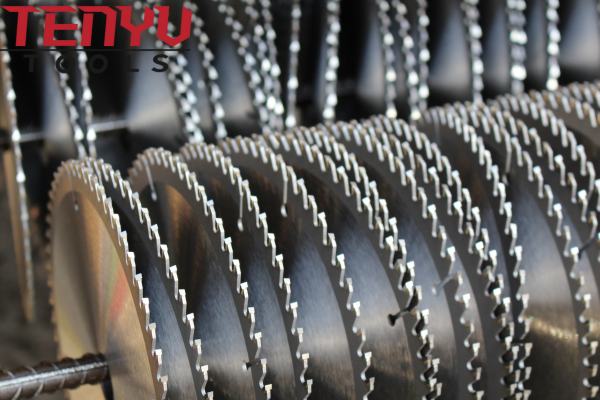
Circular saw blades are not universal. While many circular saws may look similar, they come in various sizes and types depending on the model and intended use. Saw blades are designed with different arbor sizes, tooth configurations, and thicknesses to suit different tasks.
Circular saw blades typically range in size from 4-1/2 inches to 12 inches, and each saw model will specify the correct blade size. Even if you have two saws of the same size, their arbor size (the hole in the center of the blade) might be different, so a blade designed for one saw might not work on the other.
What Determines If a Blade Fits?
Several factors influence the compatibility of a circular saw blade with your saw:
- Blade Diameter: The diameter of the blade must match the specifications of the saw.
- Arbor Size1: This is the hole at the center of the blade. It must match the shaft size of the saw.
- Tooth Configuration: The number and shape of teeth affect how the blade cuts through material.
- Thickness of the Blade: The thickness must be suitable for the cutting capacity of the saw.
Different saws may also be designed to handle specific materials, and their blades will be optimized for cutting those materials efficiently.
What is the Best Circular Saw Blade for Cutting Plywood?
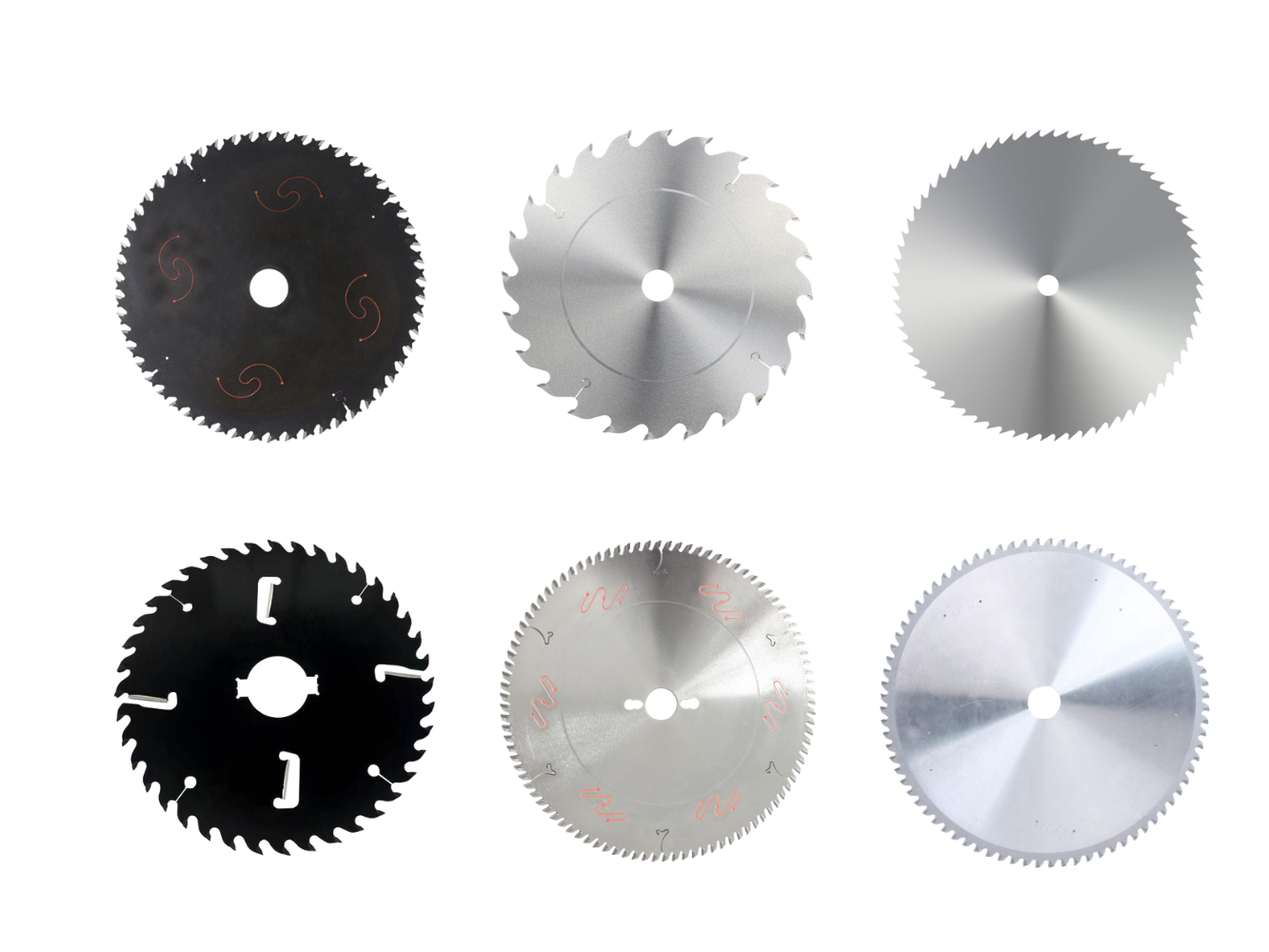
When cutting plywood, you want a clean, smooth cut without splintering the edges. This can only be achieved by choosing the right saw blade.
For plywood, a blade with a high tooth count, such as a 60-tooth or 80-tooth blade, is ideal. These blades have fine teeth that create a smooth finish and reduce splintering. Also, using a blade with carbide-tipped teeth can prolong the blade’s lifespan and ensure consistent cuts.
Why Do You Need More Teeth for Cutting Plywood?
Plywood is made up of thin layers of wood veneer, so using a blade with more teeth ensures a finer, more precise cut. More teeth mean that the blade removes less material per tooth, creating a smoother cut.
Here are some recommendations for the best saw blades for cutting plywood:
| Blade Type | Teeth Count | Ideal Use |
|---|---|---|
| Fine Tooth | 60-80 | Cutting plywood, MDF2 |
| Combination | 40-60 | Multi-purpose cutting |
What is the Best Circular Saw Blade for Wood?

For cutting regular wood, you’ll want a versatile blade that can handle different types of cuts, from rip cuts to crosscuts.
A blade with around 40-60 teeth is ideal for general wood cutting. A 40-tooth blade is good for ripping wood, while a 60-tooth blade will give you smoother crosscuts. Carbide-tipped blades are also recommended for their durability and sharpness.
Blade Type for Different Wood Cuts
Choosing the right blade type is just as important as selecting the right tooth count. For example, blades with a flat-top grind (FTG) are excellent for ripping wood, while blades with a combination grind3 (ATB) are better for crosscuts.
- Rip Cuts: Choose a blade with fewer teeth, typically 24-40 teeth, for faster cuts along the wood grain.
- Crosscuts: A higher tooth count, around 60-80 teeth, helps create clean, smooth cuts across the grain.
Is More Teeth on a Saw Blade Better?
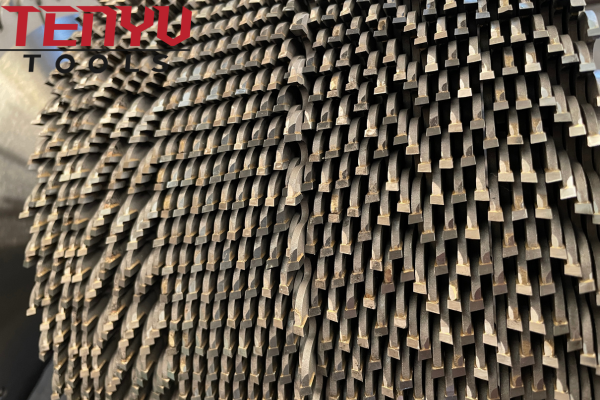
You may think that the more teeth on a circular saw blade, the better the cut. While it’s true that more teeth can result in smoother cuts, they’re not always necessary.
More teeth are better for fine, smooth cuts, but they slow down the cutting speed. The trade-off is that a blade with fewer teeth will cut faster but may produce rougher edges. More teeth are typically used for materials like plywood, laminates, or hardwood, where a smooth finish is essential.
The Trade-off Between Speed and Smoothness
Here’s how to choose the right blade for your needs:
- Fewer Teeth (24-40): Faster, rougher cuts – good for ripping through thick wood quickly.
- More Teeth4 (60-80): Slower, smoother cuts – ideal for fine work like plywood or MDF.
- Combination Blades: These offer a balance of cutting speed and finish quality, with around 40-60 teeth.
How to Choose a Circular Saw Blade?
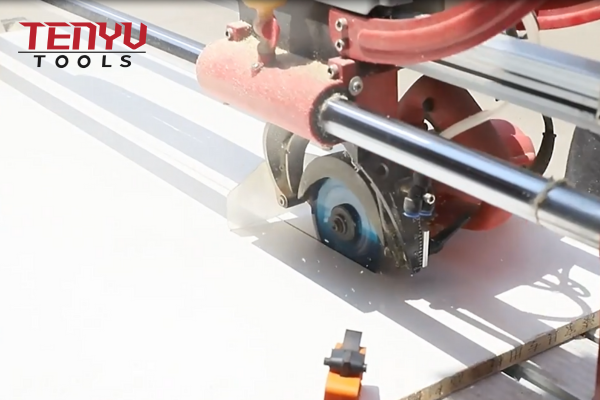
Choosing the right circular saw blade can feel like a daunting task, but it doesn’t have to be. Follow these steps to ensure you pick the best blade for your project.
Step 1: Determine the Material You’ll Be Cutting. Different materials require different blades. For wood, look for a blade with the right tooth count. For metal, a carbide-tipped blade is necessary.
Step 2: Know Your Saw’s Specifications. Be sure to check your saw’s maximum blade diameter and arbor size to ensure compatibility.
Step 3: Consider the Cut Type. Choose a blade with the appropriate tooth count and grind type for the cuts you need.
Step 4: Quality Matters. Invest in high-quality blades. Carbide-tipped blades are more durable and will last longer, saving you money in the long run.
Conclusion
Choosing the right circular saw blade is essential for achieving clean, precise cuts and ensuring your saw runs smoothly. Always consider the material you’re cutting, the blade’s teeth, and your saw’s specifications.
-
arbor size determines the fit between the saw and the blade. ↩
-
MDF (Medium-Density Fiberboard) would offer further insight into materials that are often cut similarly to plywood. ↩
-
combination grind (ATB) is highlighted as better for crosscuts. ↩
-
"More Teeth" refers to blades designed for smoother, slower cuts, which are essential for precision tasks like cutting plywood or MDF. ↩

